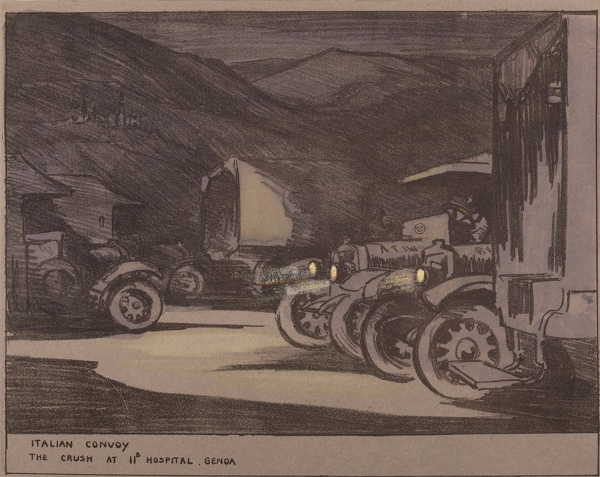

 Hover over the painting to magnify (there may be an initial delay while the magnified image is loaded)
Hover over the painting to magnify (there may be an initial delay while the magnified image is loaded)Olive Mudie-Cooke (1890-1925):
Unique presentation portfolio of fifteen lithographs, 'With the VAD Convoys in France, Flanders, Italy',
Unmounted (ref: 9147)
Unique presentation portfolio, with original wrappers, three photographs,
and a dedication from the artist to Miss Hill,
Fifteen original lithographs, two signed proofs,
some with highlights in watercolour
various sizes, the largest 9 x 11 in. (23 x 28 cm).
See all works by Olive Mudie-Cooke lithograph watercolour night scenes and sleep transport war Fifty Works by Fifty British Women Artists 1900 - 1950
Provenance: Given by the artist to Miss Hill; The Redfern Gallery
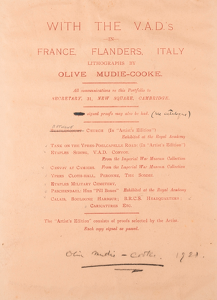
Olive Mudie-Cooke stands out from amongst the very few British female artists at the front during the First World War for her ambition and range, her dramatic use of light and shade and subtle sense of colour. Above all, her work gives a strong sense of an individual, freshly-lived experience.
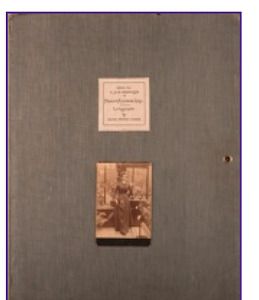
The artist explained to the Imperial War Museum – when she requested permission to reproduce two of the watercolours they had commissioned – that she was creating the portfolio With the VAD Convoys in France, Flanders, Italy “chiefly as a souvenir album for the VAD ambulance drivers with whom I worked during the war”. More than a souvenir, the portfolio is a rich artistic response to her nearly fouryear service as an ambulance driver.
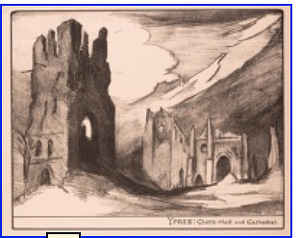
To take just two: Italian Convoy: The Crush at 11B Hospital, Genoa makes use of two colours with black, giving soft blue night-time lowlights and half shadows and a pale yellow for highlights, with the ambulance headlights boldly done and then wiped across to create the beam; Ypres Cloth-Hall and Cathedral creates an unsettling, precarious contrast between the dark tower of the cloth-hall and the lighter cathedral ruins.
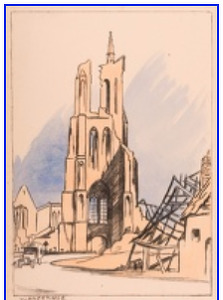
Mudie-Cooke’s suicide at the age of only thirty-five, after the painful ending of a relationship, cut her career short. George Clausen hinted at greater promise left unfulfilled in his obituary for her memorial exhibition, complimenting her strength, individuality and uncompromising search for beauty.
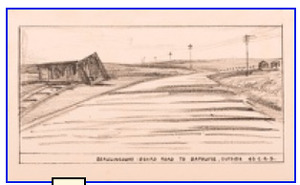
Commentary by Kathleen Palmer, Curator of Exhibitions and Displays at the Foundling Museum. She was previously Head of Art at the Imperial War Museum, where she curated and authored the 2011 Women War Artists exhibition and book.
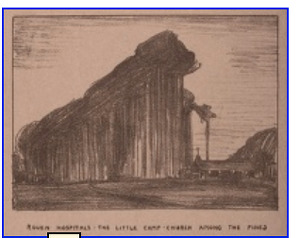
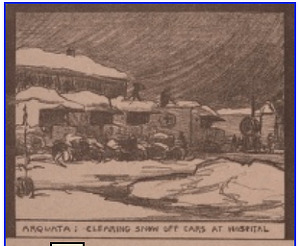
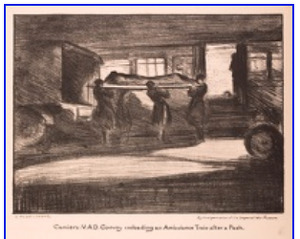
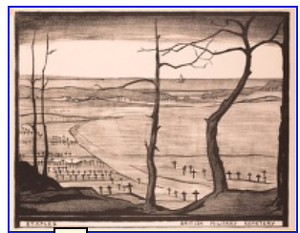
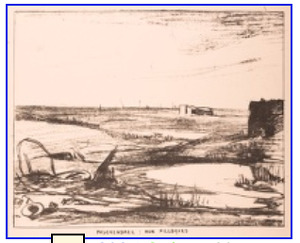
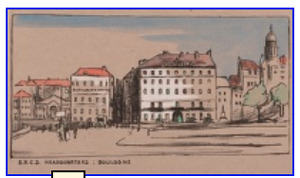

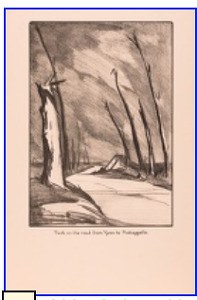
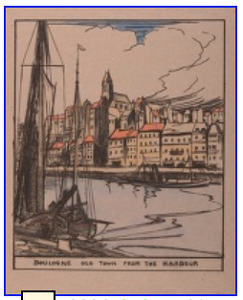
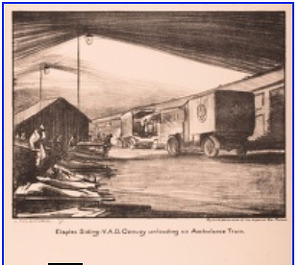
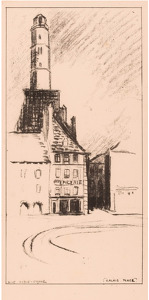
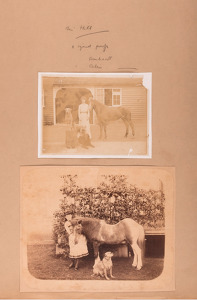
 Unsung Heroines
Unsung Heroines SOLD
SOLD




